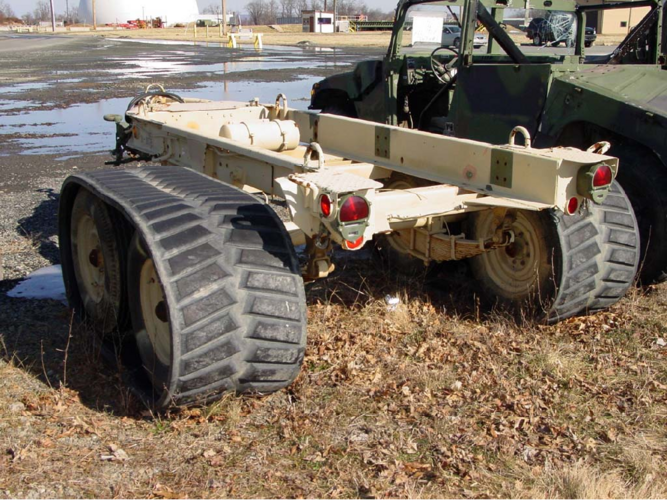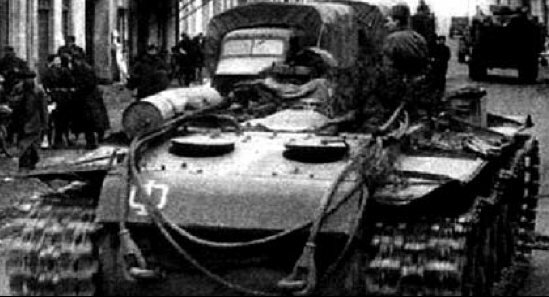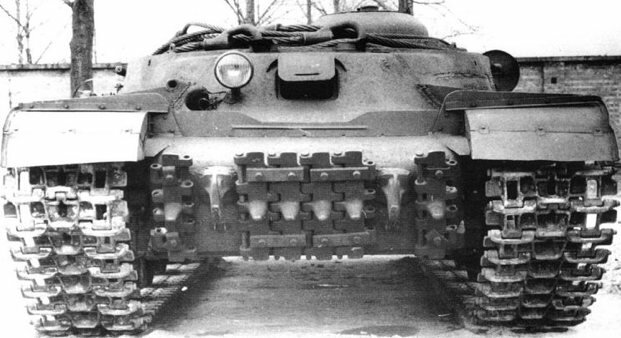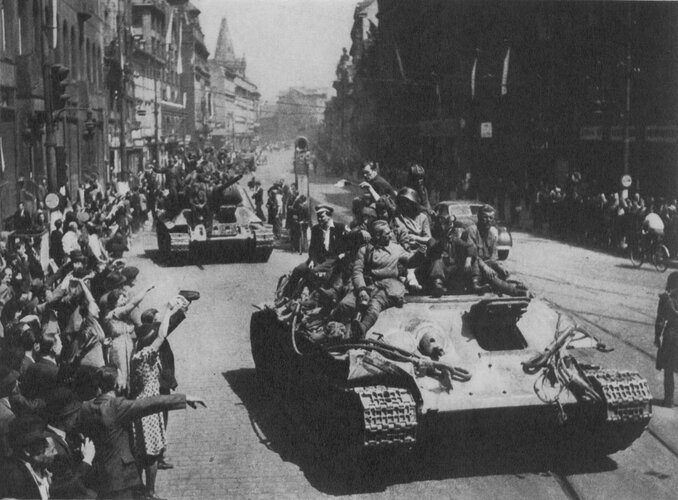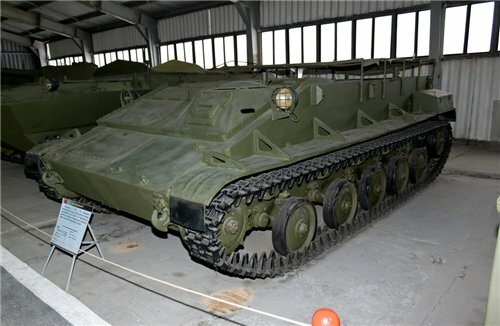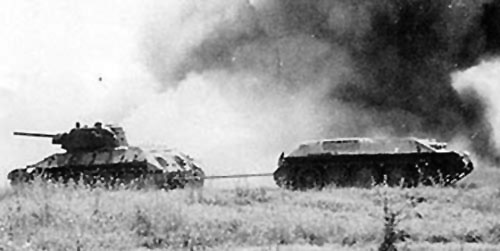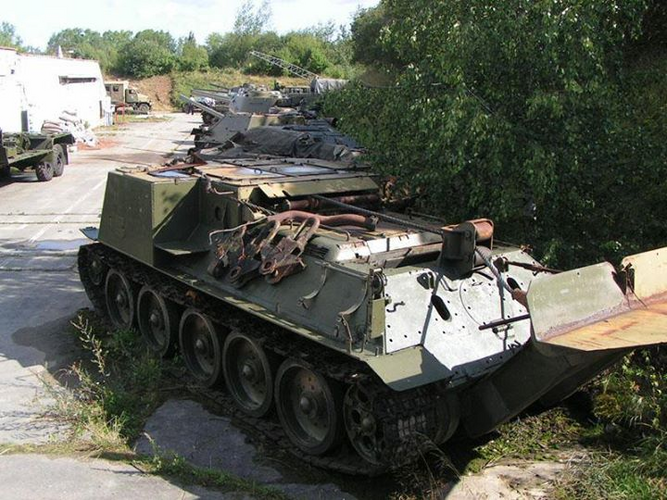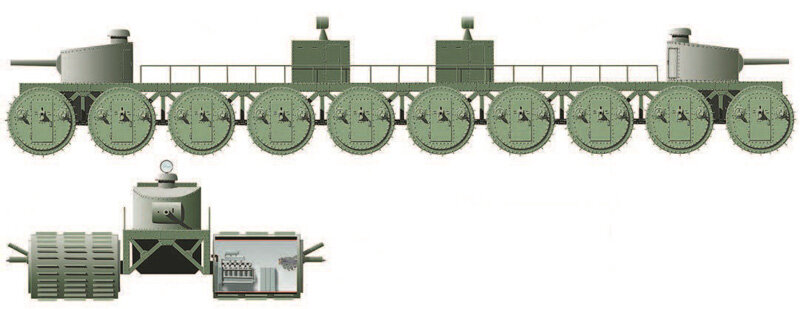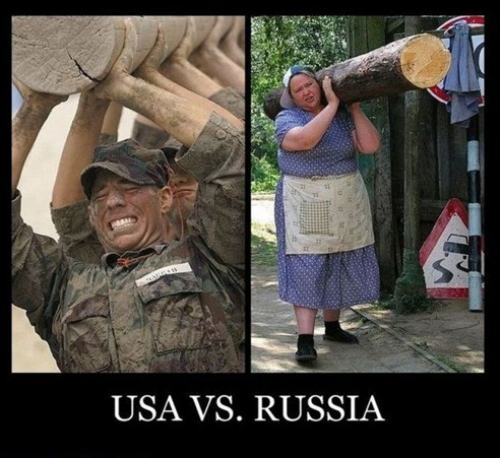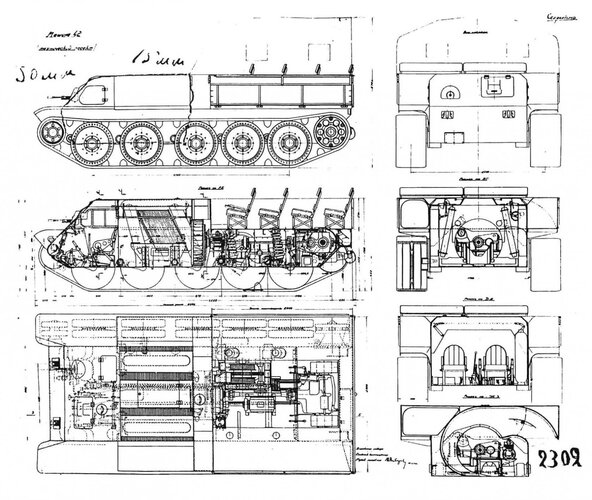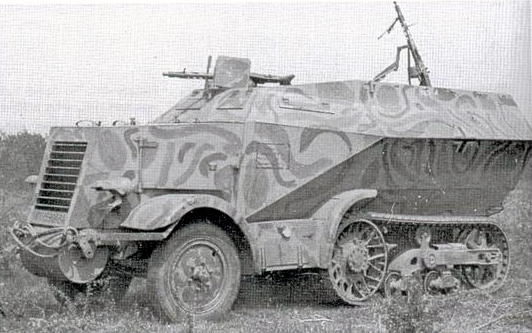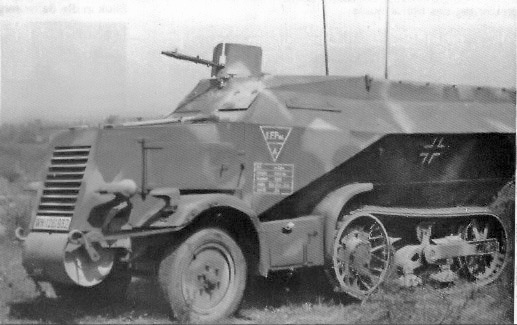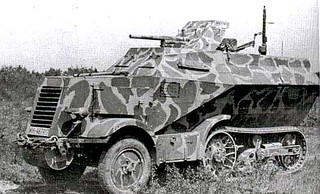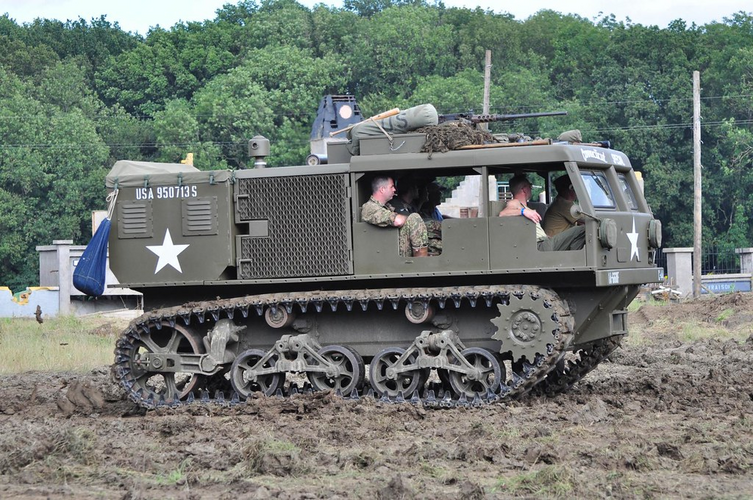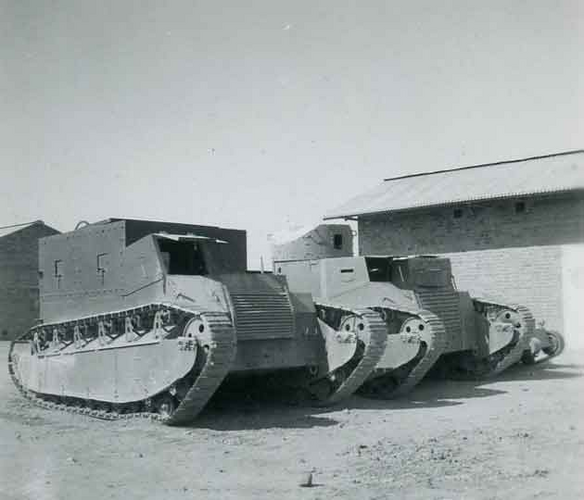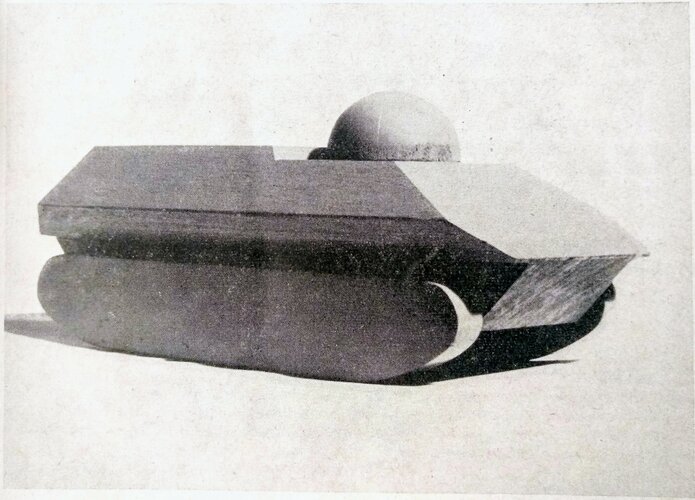- Joined
- 25 July 2007
- Messages
- 4,299
- Reaction score
- 4,196
Would anyone here know of the T17 USAF command post variant mentioned in the article, I'm intrigued but cannot find anything after some googling around?
The T17 was also known as the Tactical Air Control Party Vehicle.
Based on the multi-purpose M44E1 which was 10 inches taller, had forward-opening hatches in the roof, and the side doors were deleted. The M44E1 ran on new rubber chevron tracks. Power was provided by an air-cooled, supercharged, gasoline 6-cylinder boxer engine - the 500 hp Continental AOS-895-1 - driving an Allison CD-500 cross-drive transmission (as per M26E2).
One puzzle for me is, since the T17 served the USAF operationally, why was the Tactical Air Control Party Vehicle not assigned an 'M' designation?s
T17 Command Post Vehicle
The T17 Command Post Vehicle (or Tactical Air Control Party Vehicle) was an armoured command vehicle based on the M44 Armoured Personnel Carrier, itself developed from the M18 Hellcat Tank Destroyer.
www.historyofwar.org





